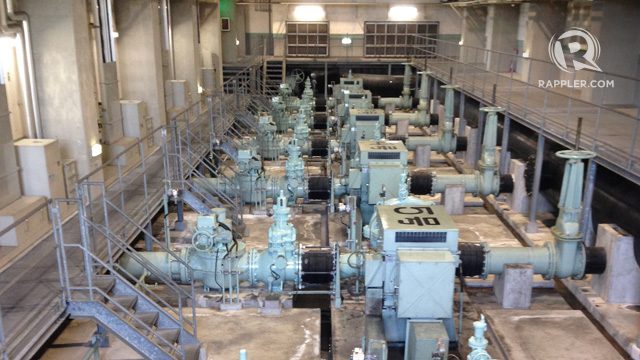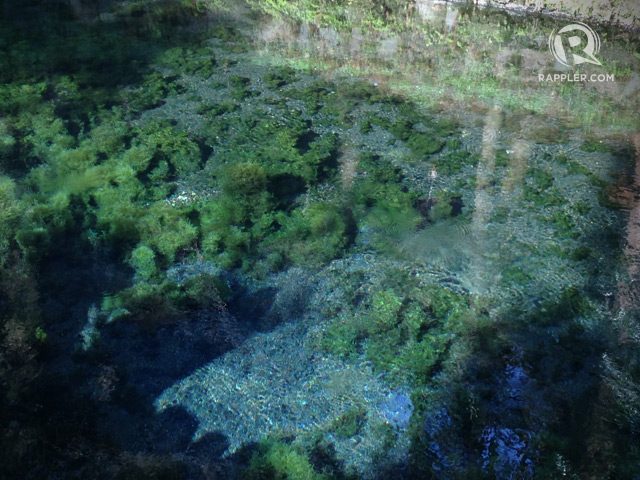SUMMARY
This is AI generated summarization, which may have errors. For context, always refer to the full article.

KUMAMOTO CITY, Japan – People drinking and harvesting cold water from a pool filled with tiny fishes, crabs, and small water plants is common sight in Japan but not in the Philippines.
A scientist here said a country like the Philippines does not need cold springs to access fresh, clean water. To harness this advantage, it can make use of a technology that’s available in Japan.
Professor Jun Shimada of Kumamoto University said that dense forests and properly maintained rice paddies are keys for groundwater recharge – a process where water moves downward from the surface to groundwater. Rainwater or other sources of surface water is absorbed and filtered by the soil in the forests and paddies, making them cleaner reserve.
Kumamoto City, also known as the “City of Woods and Freshwater,” is an hour-and-a-half flight from Japan’s capital, Tokyo. It boasts an active volcano, Mount Aso, and several cold and hot springs on its slopes.
In March, the city government invited some journalists from all over Asia to take a look at its groundwater technology, as part of the celebration of the World Water Day.
The city relies solely on groundwater, which comes from water deposits in aquifers consisting of volcanic rocks formed from Mount Aso’s eruption between 90,000 to 260,000 years ago.
The city also takes pride in its mountain ranges covered in lush green forests, most of them cedar trees. Rainwater gets filtered through these forests, providing safe drinking water for the entire community.

Recently, however, Kumamoto City has been encountering challenges in maintaining its clean water.
Tsutomu Nagata, assistant director at the water conservation section of the Kumamoto City Environmental Bureau, said in an interview that after monitoring around 130 wells in the city, they have found contamination in some.
Nagata said that they have found traces of nitrates coming from feces of cows and horses which graze near the groundwater recharge area – the paddies and the forests. Other contaminants, he said, are coming from artificial fertilizers used in vegetable and fruit farming.
The government has found a way to solve the problem, by increasing the amount of water to dilute the contaminants.
“If you put more water in it, the nitrates will be diluted…. We put the water in the paddy field so that eventually the water will penetrate in the soil and eventually it will go back to agriculture,” he said.
Similar technology could be applied in other areas where rain is frequent, said Shimada.
The Philippines, for example, has less than 500 river basins, and around 59 freshwater lakes. These bodies of water are sources of groundwater in most of the country. But the forest cover has already been depleting.
Shimada also said that before the Philippines could solve its problem about water supply, the government has to identify exactly what is the problem. He cited his study on sustainable groundwater management that considered potential groundwater recharge in monsoon Asia. This study was published in the Journal of Japanese Hydrological Sciences.
“I’ve been in Manila recently and they have a lot of problems. To understand the flow of groundwater area at first, you need monitoring works. You need to understand the hydro-geological setting of the area and also the fluctuation of water. That is the beginning. As you know the situation of the local area, then you can start how to manage,” Shimada said.
In 2012, Shimada visited the Philippines to invite students and researchers to join their program at the Kumamoto University.
He said he found indications of contamination of groundwater in Manila, but he didn’t have enough data to tell how big the problem is.
“I belong to the university. What I can do is to educate the people, like in the Philippines, to become knowledgeable about water,” said Shimada. – Rappler.com
Add a comment
How does this make you feel?
There are no comments yet. Add your comment to start the conversation.